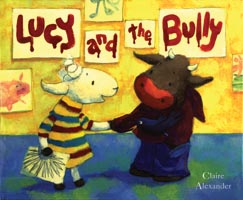Importance of decorating your classroom
I truly believe that a classroom should be an inviting place. Yes, we have lots and lots of responsibilities placed upon, and it seems more and more each year but I think "bare" walls are not something you should have in your classroom.So, especially for new teachers....I say decorate your room, even if you teach high school!!! It's your home away from home, make it inviting with lots for students to see about what you will be teaching, current events,inspirational quotes, pictures of places in the world,hanging works of students, having personal things(in my case-bears, sunflowers and almost anything purple, my 6th grade report card and picture, etc).I found this decorating tip to be very helpful to me and wanted to share: During study hall the last week of school with testing done, and less assignments for the students to work on, I often asked if anyone wished to cut out "fresh" letters for next year's bulletin boards. Students helped me take down all my boards.After the room was bare, and can remember a major echo in the room, it didn't stay that way for long. I would begin decorating my room for the fall. Then, students offered to cover the boards with newspaper so the construction paper didn't fade over the summer. When I came down the end of August to set up my room, I just removed the paper and could move to other tasks needing to be done for the first day of school. At first, I used to get a confused look from staff but eventually, I found many other teachers using this "pre" readiness idea.
Gail
http:www.gailhennessey.com
THIS
Or
THIS
THIS
or
THIS

















